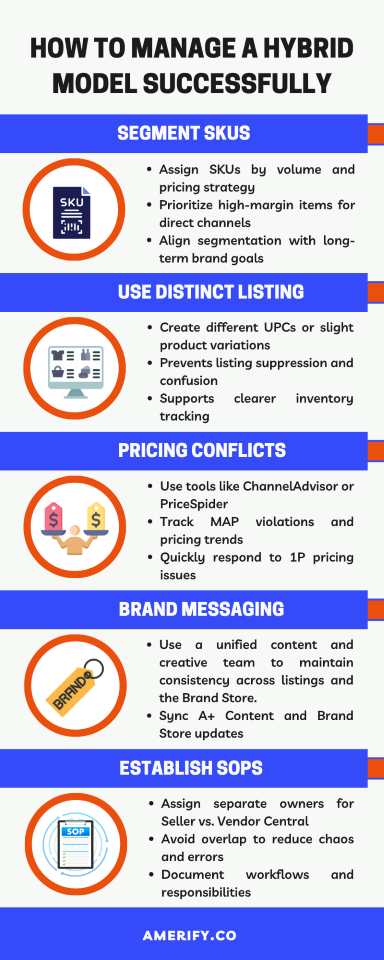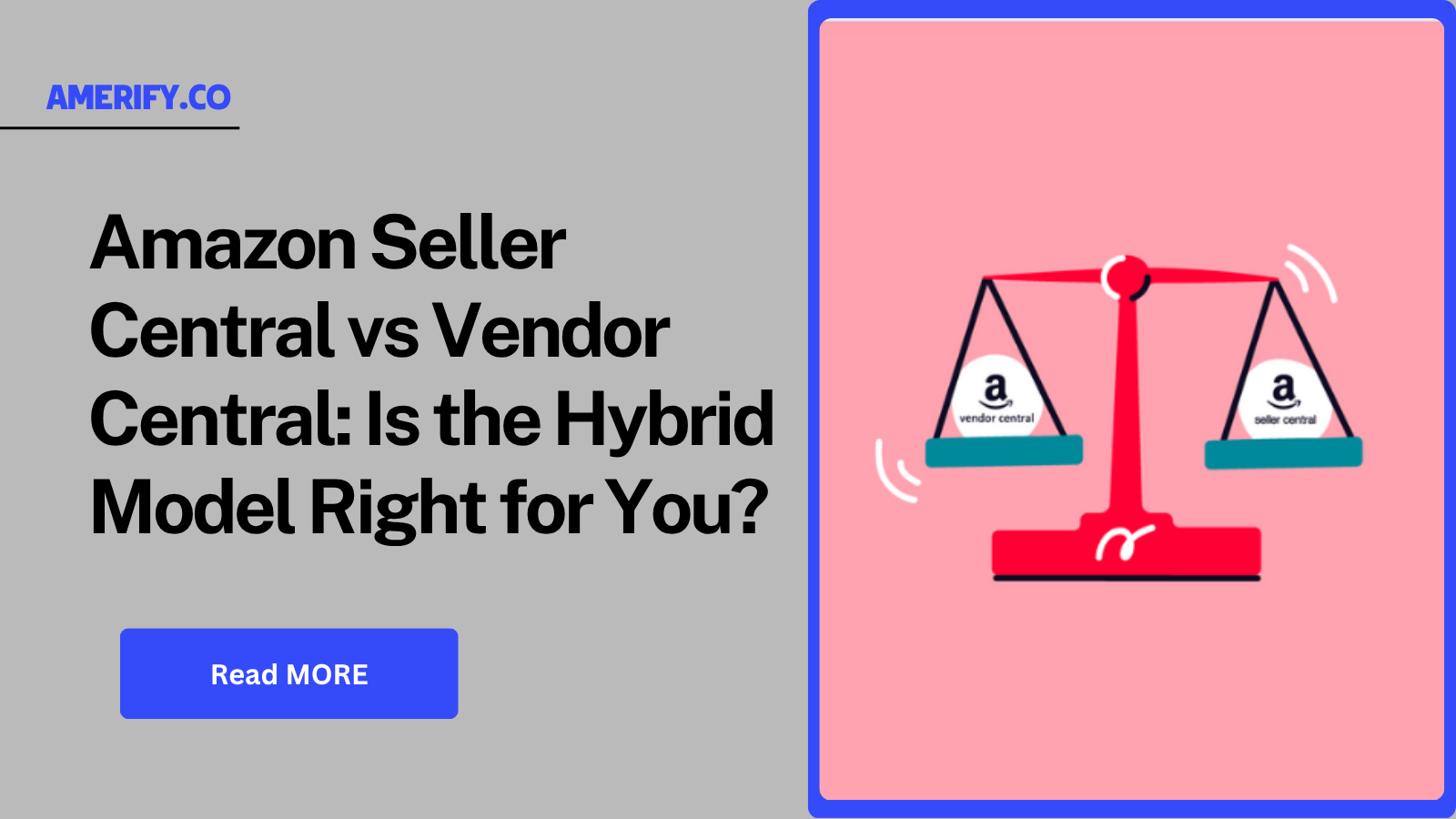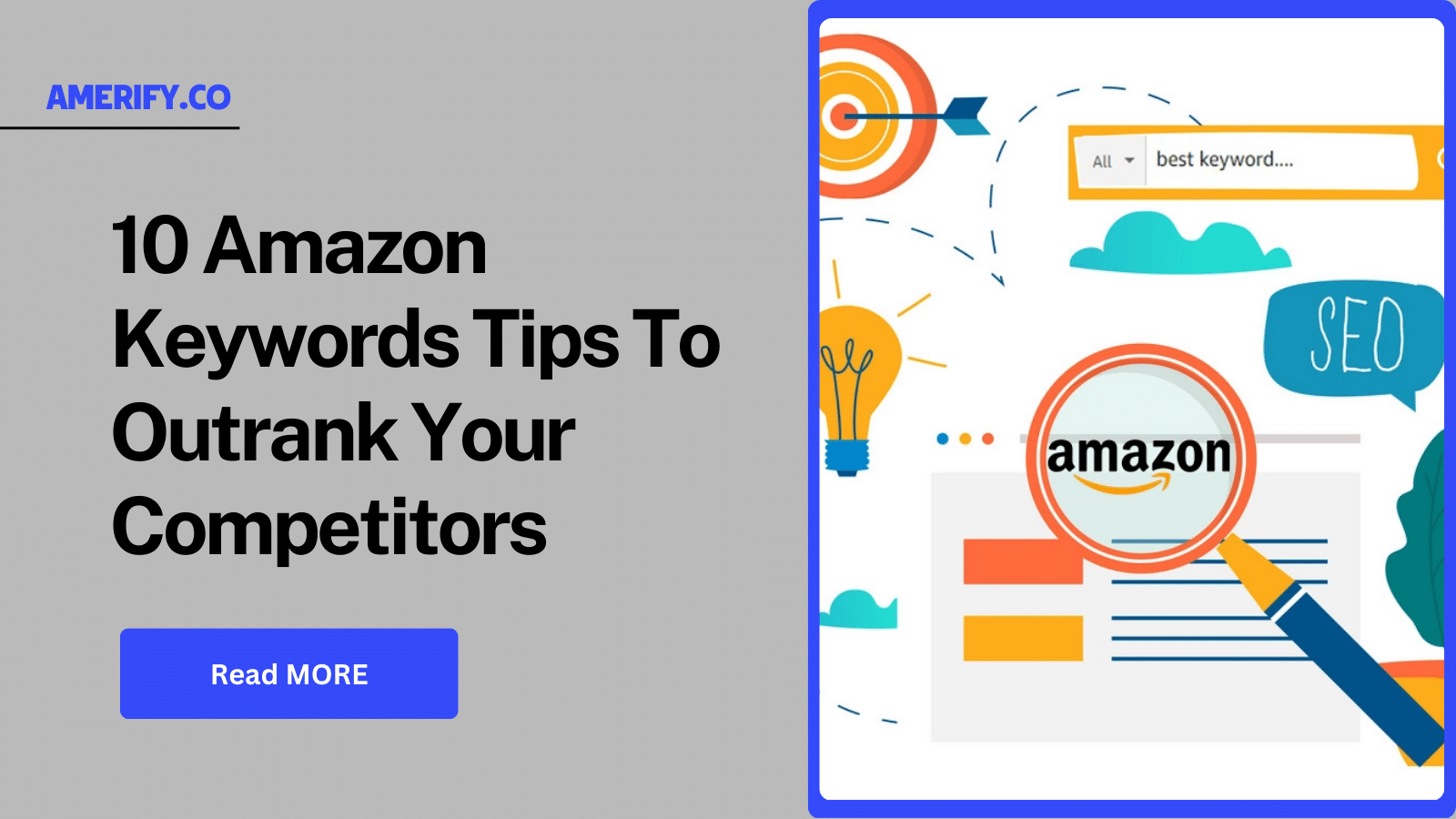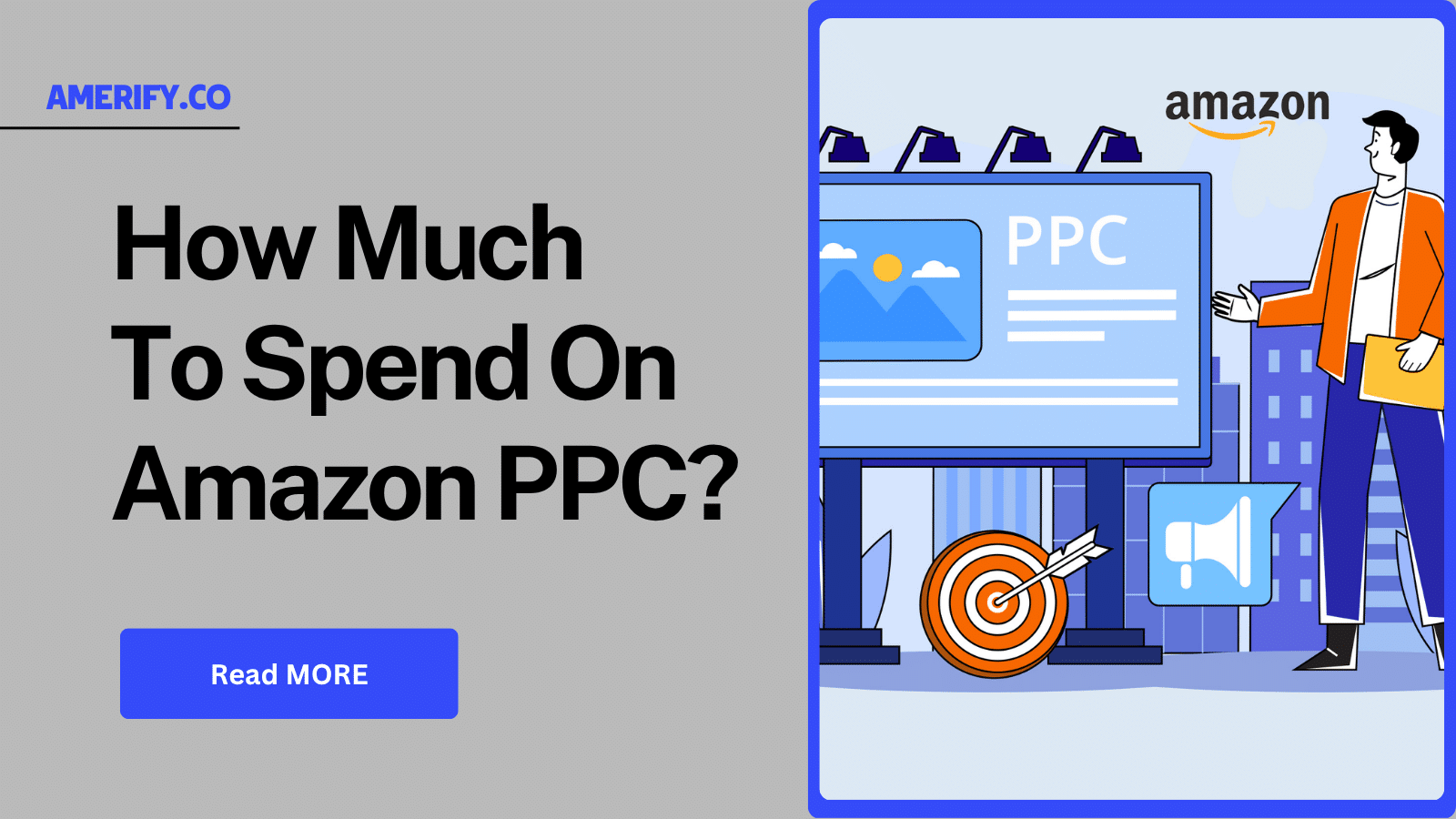Key Takeaways:
- Seller Central vs. Vendor Central Comes Down to Control vs. Scale: Seller Central gives brands direct control over pricing, content, and promotions, while Vendor Central offers scale, easier logistics, and the credibility of being “sold by Amazon” — but at the cost of control and margin.
- The Hybrid Model Offers Strategic Flexibility: By using both Seller and Vendor Central, brands can optimize product launches, protect pricing-sensitive SKUs, and balance fulfillment risks — but must manage added complexity and potential channel conflicts.
- Success with a Hybrid Strategy Requires Structure: To avoid operational chaos, brands must segment SKUs by channel, use distinct packaging or listings, align messaging across platforms, and dedicate separate teams or SOPs for each platform’s operations.
Selling on Amazon is no longer a simple “yes or no” decision — it’s a strategic choice between platforms, models, and levels of control. For most brands, this means navigating the key decision: Seller Central vs. Vendor Central. But there’s also a third, often overlooked option — the Hybrid Model, which combines the strengths of both.
In this article, we’ll explore:
- The differences between Seller Central and Vendor Central
- Pros and cons of each model
- What the hybrid model looks like in practice
- Who benefits most from a hybrid approach
- Key considerations before making the switch
What is Amazon Seller Central?
Seller Central is the self-service platform used by third-party sellers (3P). You sell directly to customers on Amazon’s marketplace.
You control:
- Pricing
- Listings and content
- Inventory management
- Promotions and ads
Ideal for: Brands that want full control, higher margins, and a direct relationship with customers.
What is Amazon Vendor Central?
Vendor Central is used by first-party (1P) sellers, where Amazon buys your products wholesale and resells them to customers.
Amazon controls:
- Pricing
- Product listing content
- Promotions and retail terms
Ideal for: Established brands with strong distribution infrastructure who want scale and stability.
Choose amerify and experience the difference our experts can make.
Seller Central: Pros and Cons
Pros
- Full control over listings, content, pricing, and brand representation
- Access to Brand Registry, A+ Content, and Amazon Stores
- Greater profit margins (no wholesale discounts)
- Real-time data on customer behavior and performance
- Freedom to run PPC, coupons, and custom promotions
Cons
- Responsibility for fulfillment and logistics (unless using FBA)
- Must manage returns, customer service, and chargebacks
- Competitive marketplace with intense pressure to optimize
- Time-consuming — requires internal resources and strategy
Vendor Central: Pros and Cons
Pros
- “Ships from and sold by Amazon” trust badge — increases conversions
- Simpler logistics — Amazon handles fulfillment and customer service
- Greater visibility and potential for large purchase orders
- Access to premium programs like Amazon Vine, AMS (now part of Sponsored Ads), and retail promotions
Cons
- No control over retail pricing — Amazon can discount freely
- Chargebacks, marketing co-op fees, and unpredictable terms
- Slower content updates and less direct control over branding
- Limited reporting and insight into customer behavior
- Amazon may reduce or stop ordering without notice
Enter the Hybrid Model: Best of Both Worlds?

The Hybrid Model means operating through both Seller Central and Vendor Central simultaneously — strategically choosing which products, categories, or markets go through which channel.
| Channel | Product Strategy |
| Vendor Central | High-volume, commoditized SKUs where scale and visibility are key |
| Seller Central | New products, niche or premium SKUs, international launches, or MAP-controlled items |
Why Brands Use the Hybrid Model?
- Price Protection: Maintain control over pricing-sensitive SKUs via Seller Central
- Innovation Testing: Launch new products via Seller Central before offering to Amazon Retail
- Channel Diversification: Protect revenue from fluctuations in 1P purchase orders
- Marketing Control: Access both Retail Media benefits (Vendor) and flexible Sponsored Ads (Seller)
- Inventory Risk Management: Balance Amazon’s forecast unpredictability with FBA/FBM flexibility
Pros of the Hybrid Model
- Strategic Control: Choose which SKUs to protect, promote, or scale. Manage brand messaging and pricing more tightly.
- Improved Margins: Avoid steep vendor discounts for premium products while enjoying volume sales from bulk SKUs.
- Faster Time-to-Market: Test listings, optimize content, and run ads faster through Seller Central — especially for launches.
- Better Data + Flexibility: Seller Central provides detailed data and real-time levers, while Vendor Central drives volume and brand trust.
Challenges of the Hybrid Model
- Operational Complexity: You’ll manage two sets of logistics, reporting, and compliance requirements.
- Channel Conflict: Amazon may undercut your Seller pricing, especially for duplicate ASINs across platforms.
- Inconsistent Branding: Without careful governance, listing content and tone may vary between 1P and 3P listings.
- Increased Resource Demand: Requires a strong internal or agency team to manage strategy, compliance, and performance across both platforms.
When Is the Hybrid Model Right for You?
Consider using the hybrid model if:
- You’re a brand owner with multiple SKUs across different price points
- You sell high-volume products but also premium or seasonal items
- You’ve experienced unpredictable ordering behavior from Amazon Retail
- You want to protect your brand image and pricing structure
- You’re expanding into new countries or product categories
How to Manage a Hybrid Model Successfully?
Segment SKUs by Channel
Assign SKUs based on volume, price sensitivity, and strategic value.
Use Distinct Listings or Packaging
To avoid listing suppression, create different UPCs or slight product variations.
Monitor Retail Pricing Conflicts
Use tools like ChannelAdvisor, Feedvisor, or PriceSpider to track MAP violations and 1P pricing behavior.
Centralize Brand Messaging
Use a unified content and creative team to maintain consistency across listings and Brand Store.
Establish SOPs and Ownership
Designate team members or agencies to own Seller Central vs. Vendor Central operations — don’t let them overlap chaotically.
Final Thoughts
There is no one-size-fits-all answer when it comes to Amazon sales channels. While Vendor Central offers scale and simplicity, Seller Central provides agility and control. For many mature brands, the Hybrid Model strikes the perfect balance — if managed well.
The key is to stay proactive, strategic, and data-driven. Segment your products, monitor your performance, and don’t hesitate to pivot your strategy as your catalog, competition, and margins evolve.
At Amerify, we can help you manage your seller central or vendor central and can help you choose the best model, considering your situation. Contact us today!



